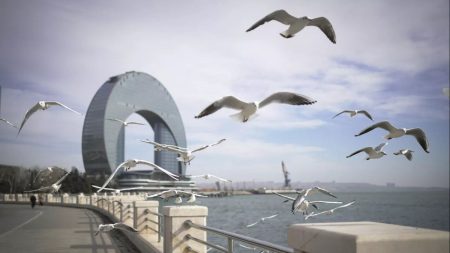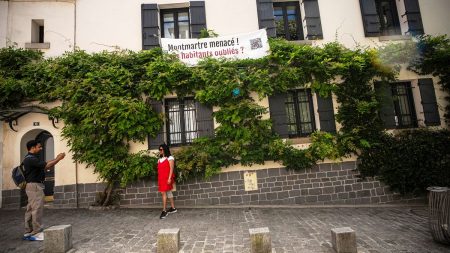Italy’s iconic city, Venice, known for its picturesque canals and historic architecture, has taken measures to restrict tour group sizes in an attempt to regulate the massive crowds that flock to the city each year. The decision comes as part of a larger mission to improve the quality of life for locals, who have long been impacted by the overwhelming number of tourists that inundate the city on a daily basis. The move has been met with mixed reactions, with some lauding the efforts to prioritize the well-being of residents, while others argue that it could potentially harm the city’s tourism industry.
Venice has long been a popular tourist destination, attracting millions of visitors each year who come to explore its famous landmarks, such as St. Mark’s Basilica and the Grand Canal. However, the city’s popularity has also led to overcrowding, with tourists often outnumbering locals and putting a strain on the city’s infrastructure and resources. The restrictions on tour group sizes are seen as a way to mitigate the impact of large crowds and create a more sustainable tourism model that benefits both residents and visitors.
Under the new regulations, tour groups in Venice will be limited to a maximum of 25 people, with larger groups required to split up and explore the city in smaller numbers. This is intended to reduce congestion in popular tourist areas and minimize disruptions for residents. Additionally, tour guides will be required to undergo training on responsible tourism practices and adhere to a code of conduct that promotes respectful behavior towards locals.
While the restrictions are aimed at improving the quality of life for residents, some critics argue that they could have unintended consequences for the city’s tourism industry. Limiting tour group sizes may deter potential visitors who prefer to explore the city in larger groups or as part of organized tours. This could potentially lead to a decrease in tourism revenue and have a negative impact on the local economy, which relies heavily on tourism as a major source of income.
Proponents of the restrictions, however, believe that they are necessary in order to protect Venice’s cultural heritage and ensure the sustainability of its tourism industry in the long term. By regulating tour group sizes and implementing measures to reduce overcrowding, the city can preserve its unique charm and appeal to travelers who value a more authentic and less crowded experience. Ultimately, the goal is to strike a balance between welcoming visitors and protecting the well-being of residents, creating a more harmonious relationship between tourism and local life in Venice.
Overall, the decision to restrict tour group sizes in Venice reflects a broader trend towards more sustainable and responsible tourism practices in popular destinations around the world. By prioritizing the needs of residents and taking steps to regulate overcrowding, the city is setting a positive example for how other tourist hotspots can address the challenges of mass tourism while maintaining their cultural integrity. While the impact of these restrictions remains to be seen, they represent an important step towards creating a more balanced and sustainable tourism industry in Venice and beyond.








